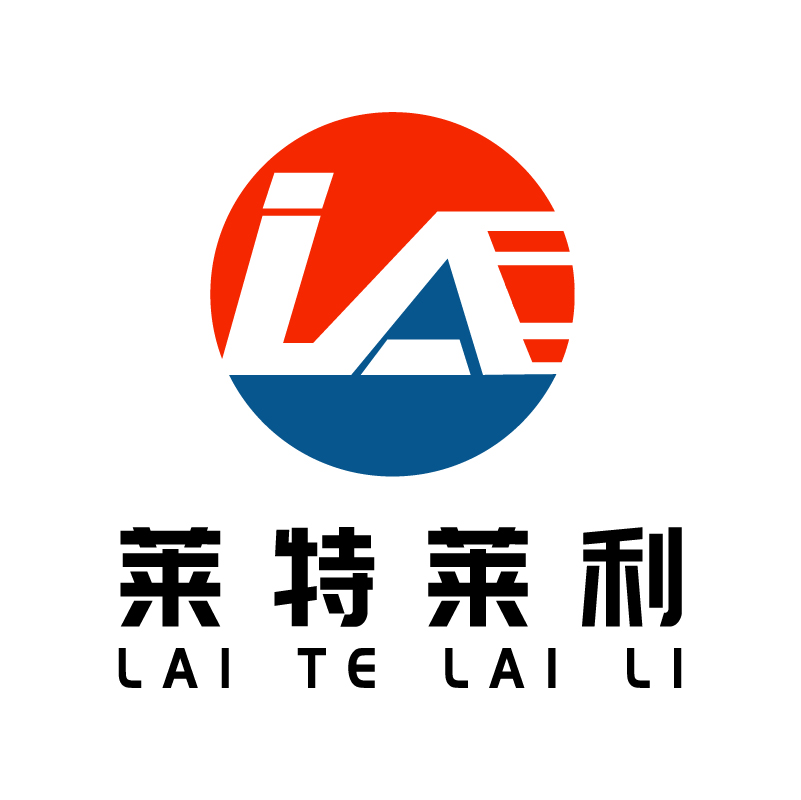What are the limiting factors for the development of BOPP synthetic paper industry?
The limiting factors for the development of BOPP synthetic paper industry mainly include the following aspects:
1. Overcapacity and contradiction between supply and demand
Overcapacity: China's BOPP film industry after more than 30 years of rapid development, the current production capacity has ranked first in the world, but also exposed the problem of serious excess production capacity. Although the average annual growth rate of downstream demand for thin films is 10%, it is still lower than the capacity growth rate of BOPP thin films, resulting in an oversupply situation in the market.
Imbalance between supply and demand: In recent years, the capacity expansion of BOPP films has exceeded the growth rate of market demand, making the industry as a whole in a state of oversupply. This imbalance between supply and demand limits the healthy development of the industry.
2. Insufficient technology and innovation ability
High technical threshold: functional BOPP film due to high technical content, long construction cycle and other reasons, domestic enterprises have less capacity layout. At present, only a few enterprises have mastered the core technology of high-end and special function BOPP films, and the overall technical level of the industry needs to be improved.
Weak innovation ability: The speed of BOPP film development and updating products in China is relatively slow, especially in the field of functional BOPP films. The lack of innovation ability makes it difficult for the industry to quickly adapt to changes in market demand, limiting the development potential of the industry.
3. Raw materials and cost fluctuations
High raw material dependence: China's BOPP film industry is still a traditional raw material dependent processing industry, with a single raw material accounting for up to 80% of the total production cost. The fluctuation of raw material price directly affects the production cost and the profitability of enterprises.
Cost upward pressure: With the fluctuation of international crude oil, gas, coal and other prices, the raw material cost of BOPP film is also facing uncertainty. In addition, equipment costs, labor costs, etc. are also rising, increasing the operating pressure of enterprises.
4. Market competition is fierce
Homogenization competition: At present, domestic BOPP film production is mainly based on ordinary films, and product homogenization is serious. This kind of homogeneous competition not only compresses the profit margin, but also limits the differentiated development of the industry.
Price war: In the fierce market competition, some enterprises take the strategy of price war in order to compete for market share. This kind of irrational competition not only harms the interests of enterprises, but also disturbs the market order.
5. Environmental protection and regulatory pressure
Environmental requirements: With the improvement of global environmental awareness and the improvement of environmental regulations in various countries, the environmental performance requirements of packaging materials are also getting higher and higher. As one of the packaging materials, BOPP synthetic paper needs to continuously improve its environmental performance to meet the market demand.
Regulatory restrictions: Some countries and regions have imposed restrictions or taxes on the use of plastic packaging materials, which has brought certain challenges to the BOPP synthetic paper industry. Companies need to pay close attention to international regulatory developments and adjust product strategies to adapt to market changes.
In summary, the BOPP synthetic paper industry in the development process is faced with overcapacity and supply and demand contradiction, insufficient technology and innovation capacity, raw materials and cost fluctuations, fierce market competition and environmental protection and regulatory pressure and other limiting factors. To overcome these constraints and achieve sustainable growth, companies need to strengthen technological innovation, optimize product mix, improve production efficiency and pay close attention to market dynamics and regulatory changes.



